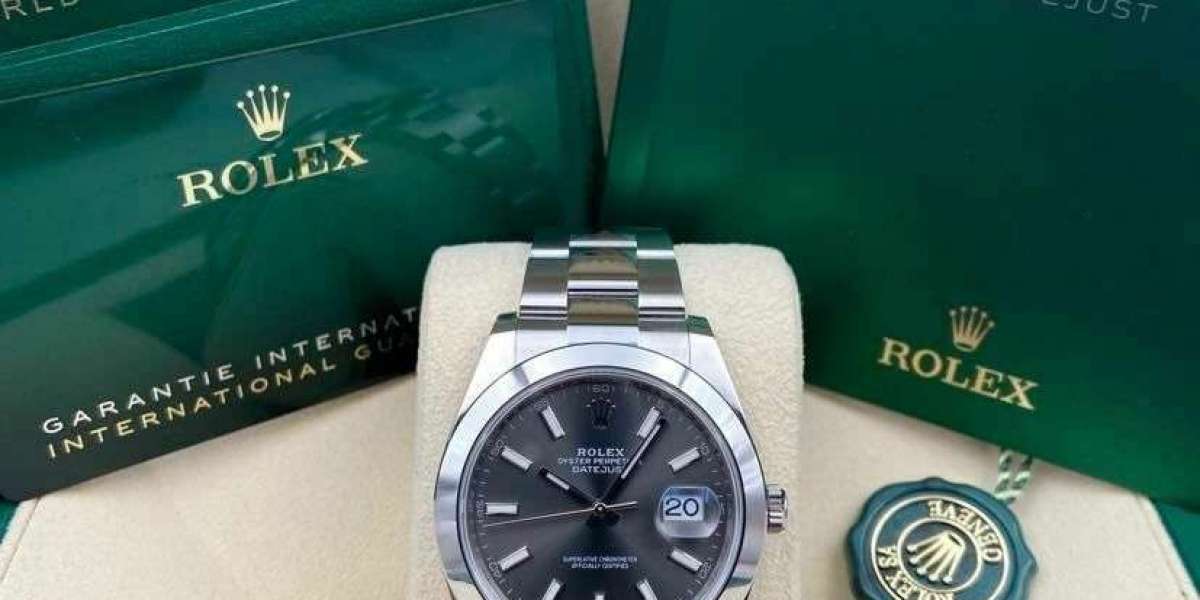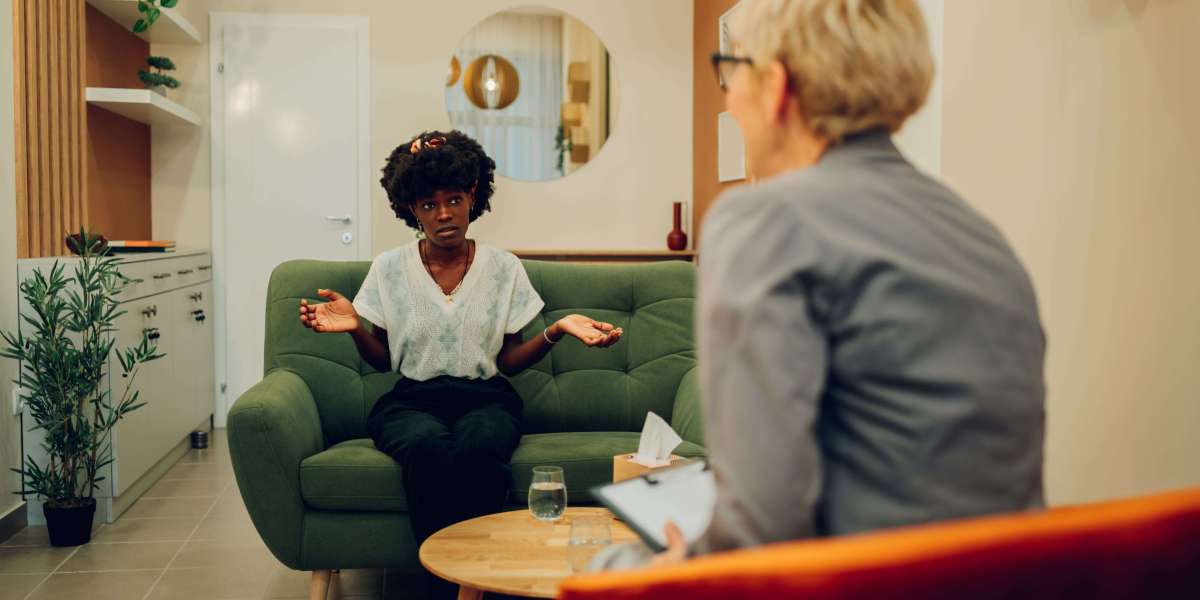Bhutan is not just about stunning mountains, peaceful monasteries, and smiling faces. It's a country deeply rooted in its spiritual and cultural traditions. If you're planning a trip to this mystical kingdom, there’s one thing you absolutely shouldn’t miss — its vibrant festivals. These events offer an intimate look into the spiritual life and rich heritage of the Bhutanese people. In fact, some of the Best Festivals in Bhutan are celebrated with such grandeur that they attract tourists from all over the world.
Whether you’re a culture enthusiast, a photographer, or just someone looking to experience something extraordinary, attending a festival in Bhutan is a once-in-a-lifetime experience.
1. What Makes Bhutanese Festivals Special?
Bhutanese festivals, also known as Tsechus, are spiritual and social events celebrated throughout the country. Most festivals are held in monasteries or dzongs (fortresses) and honor Guru Rinpoche, the saint who brought Buddhism to Bhutan in the 8th century.
People wear their finest traditional clothes, dance to the beat of ancient drums, and celebrate with local food and drinks. It's a magical blend of religion, art, and community spirit. These festivals are not only entertaining but also provide blessings, promote moral values, and preserve Bhutan's unique identity.
2. Must-See Festivals in Bhutan
Here are some of the most popular and significant festivals you should definitely add to your Bhutan travel bucket list:
Paro Tsechu
When: March or April (based on the lunar calendar)
Where: Paro Dzong
Why Visit: This is one of the most well-known festivals in Bhutan. The highlight is the unfurling of the giant Thangka (Buddhist religious painting) known as the Thondrol, which is believed to cleanse sins.
Thimphu Tsechu
When: September
Where: Tashichho Dzong, Thimphu
Why Visit: As the capital city’s largest festival, it draws locals and travelers alike. You’ll witness colorful mask dances, traditional music, and spiritual rituals.
Jambay Lhakhang Drup
When: October or November
Where: Bumthang
Why Visit: Known for the mysterious “Naked Dance” performed at midnight to bless infertile women. It's unique, rare, and deeply symbolic.
Punakha Drubchen & Tsechu
When: February or March
Where: Punakha Dzong
Why Visit: It re-enacts Bhutan's historic battle against Tibetan invaders. Locals dress up as warriors and march in procession.
These events beautifully represent the spiritual core of Bhutan and are considered among the best festivals in Bhutan for tourists to attend.
3. Cultural Significance Behind the Celebrations
Every festival in Bhutan is more than just fun and color. It reflects centuries of tradition, religious beliefs, and community bonding. Most dances are based on Buddhist teachings and are performed by trained monks and laypeople. The intricate masks, vibrant costumes, and rhythmic movements all tell sacred stories passed down for generations.
According to Bhutan's Tourism Council, festivals help preserve Bhutan’s “Gross National Happiness” philosophy — promoting spiritual well-being and community engagement.
4. Tips for Attending Bhutanese Festivals
If you plan to attend a Tsechu or any major celebration, here are some tips:
Book Early: Hotels and flights fill up quickly during festival seasons.
Dress Modestly: It’s respectful to wear long-sleeved clothing. If you have a gho or kira (traditional dress), even better!
Hire a Local Guide: They can explain the meanings behind the rituals and dances.
Be Mindful: Photography is often allowed, but always ask permission before snapping photos, especially of monks or ceremonies.
5. Fun Facts and Figures About Bhutanese Festivals
Bhutan has over 50 major festivals every year.
The Paro Tsechu attracts more than 10,000 visitors annually.
Mask dances are known as Cham dances, and some require months of practice.
Many festivals are free for locals but may have small fees for international visitors as part of the tourism policy.
FAQs About Bhutanese Festivals
Q1: What is the best time to visit Bhutan for festivals?
A: The spring (March–May) and autumn (September–November) seasons are the best, as most major festivals occur during these months.
Q2: Are Bhutanese festivals religious?
A: Yes, most festivals are deeply religious and honor Buddhist deities, especially Guru Rinpoche.
Q3: Can tourists attend these festivals?
A: Absolutely! Tourists are welcome and often encouraged to attend and participate respectfully.
Q4: Do I need special permits to attend a festival?
A: Generally, no special permits are needed beyond your Bhutan travel visa, but some areas may require regional permits.
Conclusion: Celebrate Life the Bhutanese Way
Festivals in Bhutan are not just events — they are expressions of devotion, unity, and joy. From the elaborate dances to the sacred rituals, every moment is meaningful. So if you're planning a trip to the Land of the Thunder Dragon, make sure your dates match one of these celebrations. Experiencing a festival here is one of the best festivals in Bhutan moments you’ll treasure forever.








